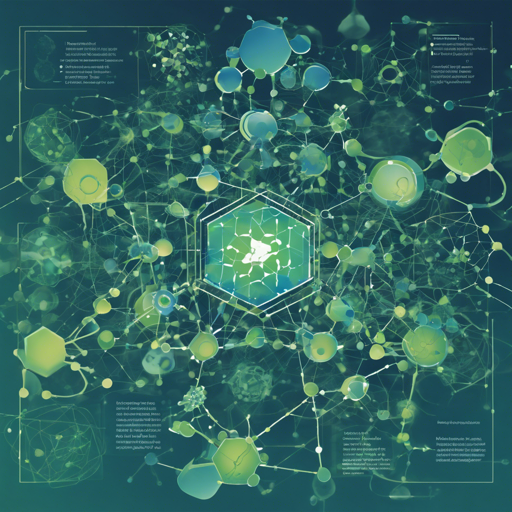Welcome to the world of SchNetPack, a powerful toolbox designed to facilitate the development and application of deep neural networks for predicting potential energy surfaces and quantum-chemical properties of molecules and materials. In this article, we’ll take you through the installation process, getting started, and troubleshooting tips to ensure your experience is smooth and effective.
Installation of SchNetPack
There are two primary ways to install SchNetPack—using pip or directly from the source. Let’s explore both methods!
Install with pip
The easiest way to get started is by installing SchNetPack through pip, which automatically fetches the source code from PyPI. Just run the following command in your terminal:
pip install schnetpackInstall from source
If you prefer to work with the latest code available, you can clone the repository and install it from there:
git clone https://github.com/atomistic-machine-learning/schnetpack.git
cd schnetpack
pip install .Getting Started with SchNetPack
Once installed, the best way to start is by training a model on a common benchmark dataset using the command line interface (CLI). The training script spktrain is automatically added to your PATH upon installation.
Example: Training on the QM9 Dataset
Let’s create a working directory where all data and runs will be stored:
mkdir spk_workdir
cd spk_workdirTo kick off the training of a SchNet model with default settings for the QM9 dataset, run the following command:
spktrain experiment=qm9_atomwiseThis command will automatically download the QM9 dataset and begin training. The default configuration for your experiment can be modified to suit your needs.
A Quick Analogy for Understanding SchNetPack
Think of SchNetPack as a well-equipped kitchen where each cooking tool represents different components of your neural network. Just like how a chef must choose the right utensils and ingredients to create a delicious dish, you, as a programmer, select specific models and configurations within SchNetPack to tailor your neural network for precise predictions. The fixed recipes (dataset configurations) make it easy for you to whip up fantastic results without needing extensive knowledge about molecular mechanics!
Troubleshooting Tips
Like all tools, SchNetPack may come with its own set of challenges. Here are some common issues you may encounter and how to resolve them:
- Installation Issues: Ensure that your Python environment is set up correctly and that all dependencies are met.
- Dataset Download Failures: Check your internet connection and make sure that the specified directories exist before starting the training.
- Configuration Confusion: If you’re faced with configuration errors, refer to the official documentation for detailed parameter explanations.
- Logging Problems: Ensure that your logging backend is set up correctly to visualize results in TensorBoard.
For more insights, updates, or to collaborate on AI development projects, stay connected with fxis.ai.
Conclusion
At fxis.ai, we believe that such advancements are crucial for the future of AI, as they enable more comprehensive and effective solutions. Our team is continually exploring new methodologies to push the envelope in artificial intelligence, ensuring that our clients benefit from the latest technological innovations.
Now that you’re equipped with the knowledge to get started with SchNetPack, dive into the fascinating world of atomistic deep learning and maximize your model’s potential!

